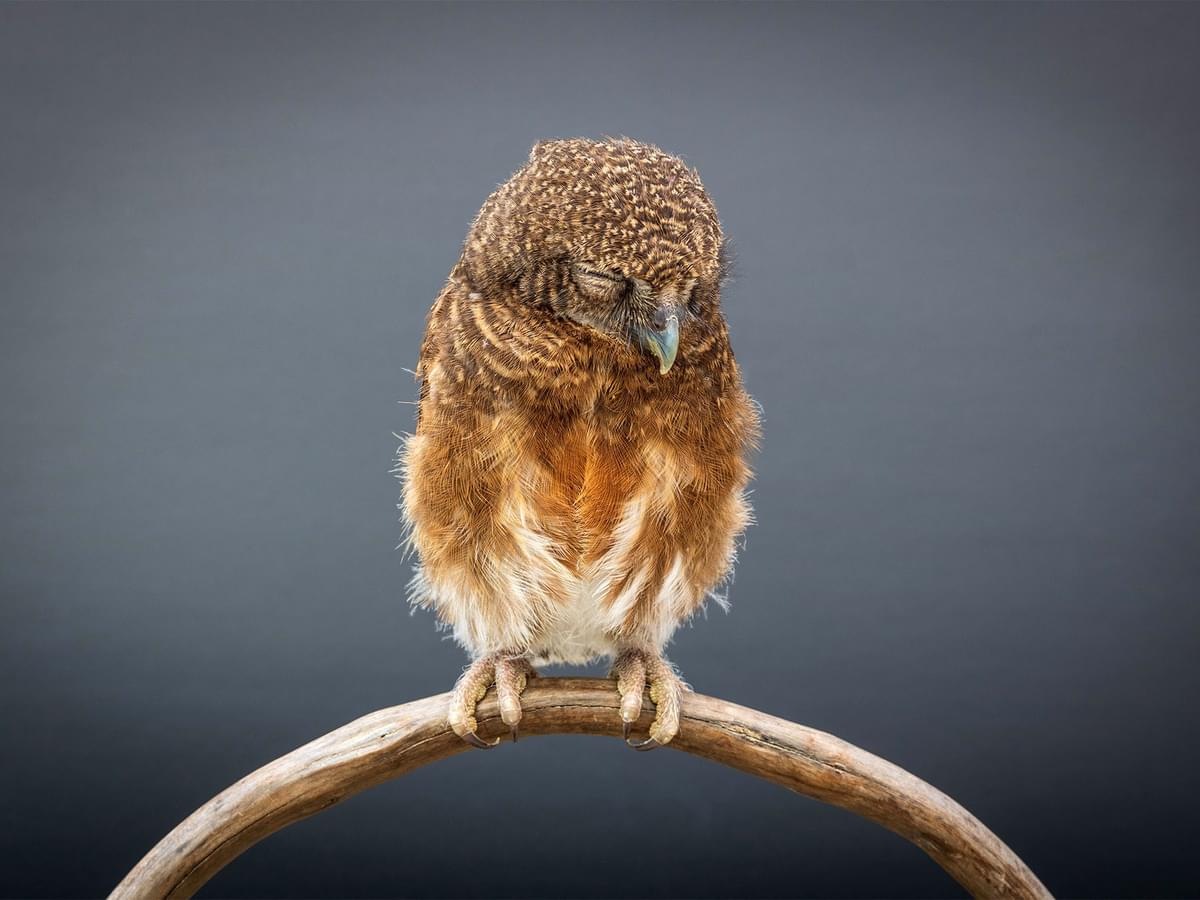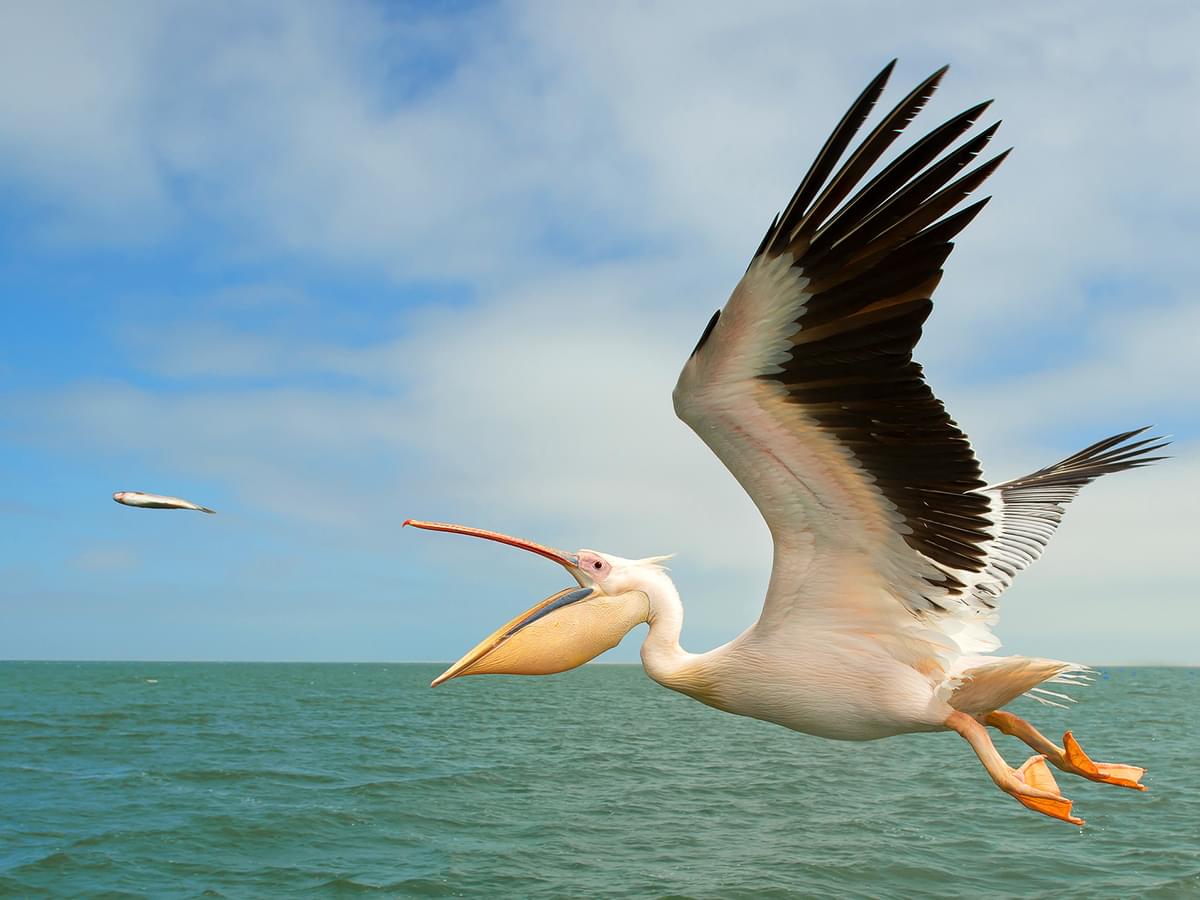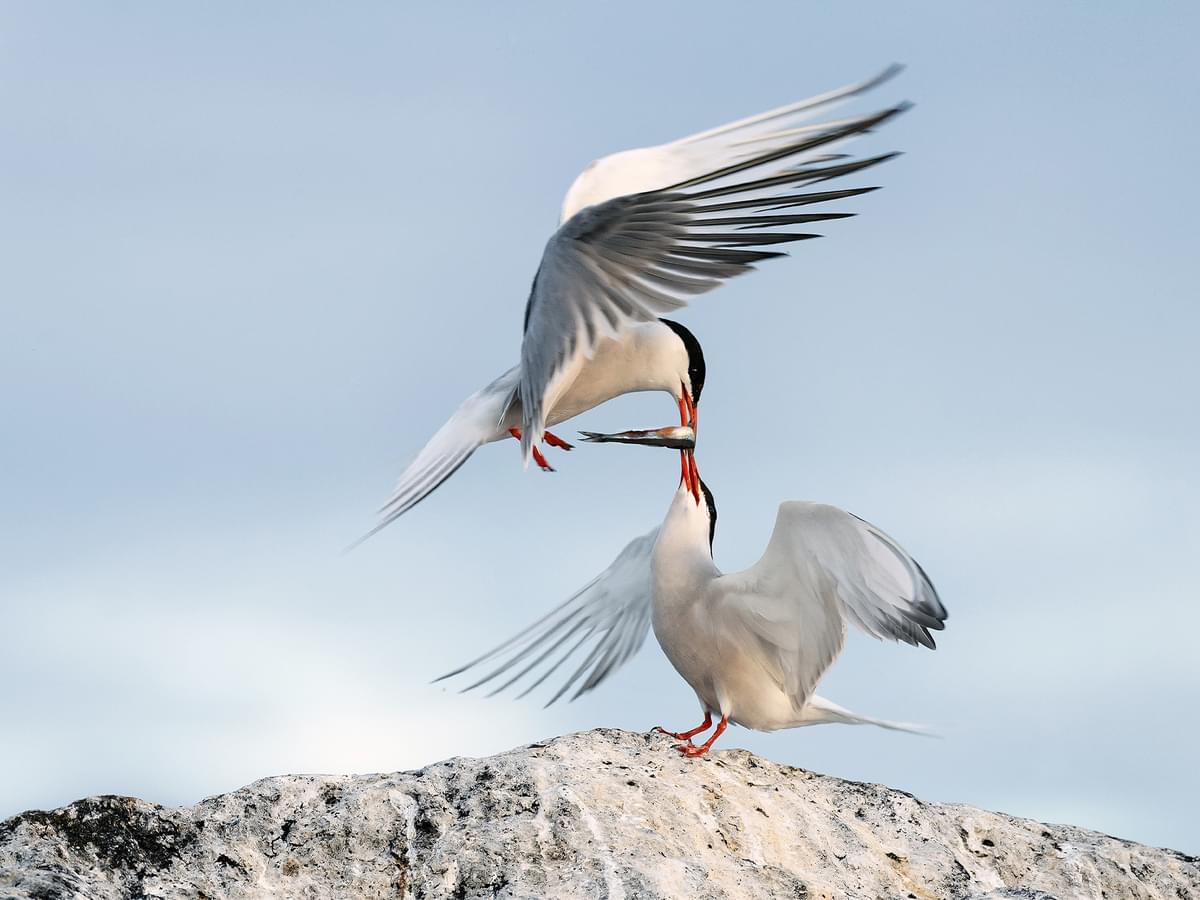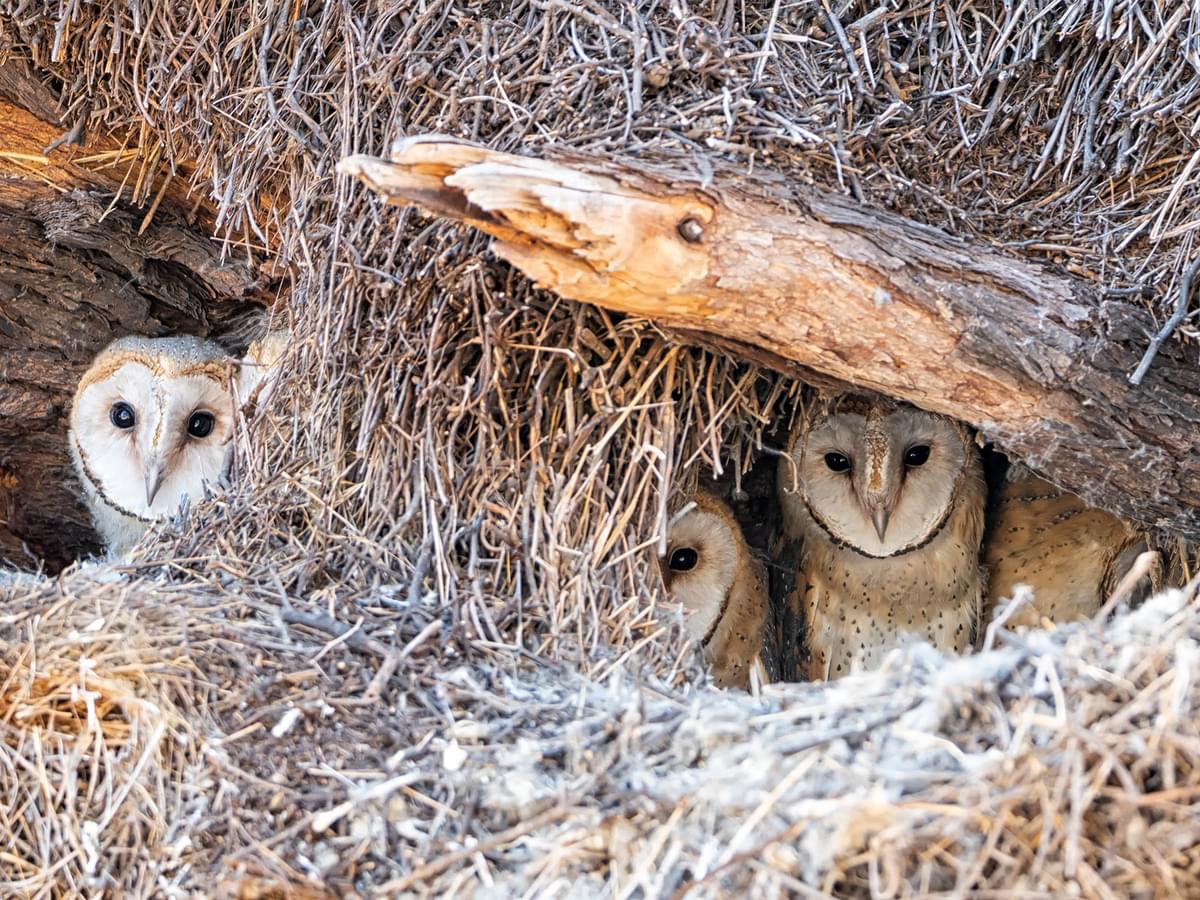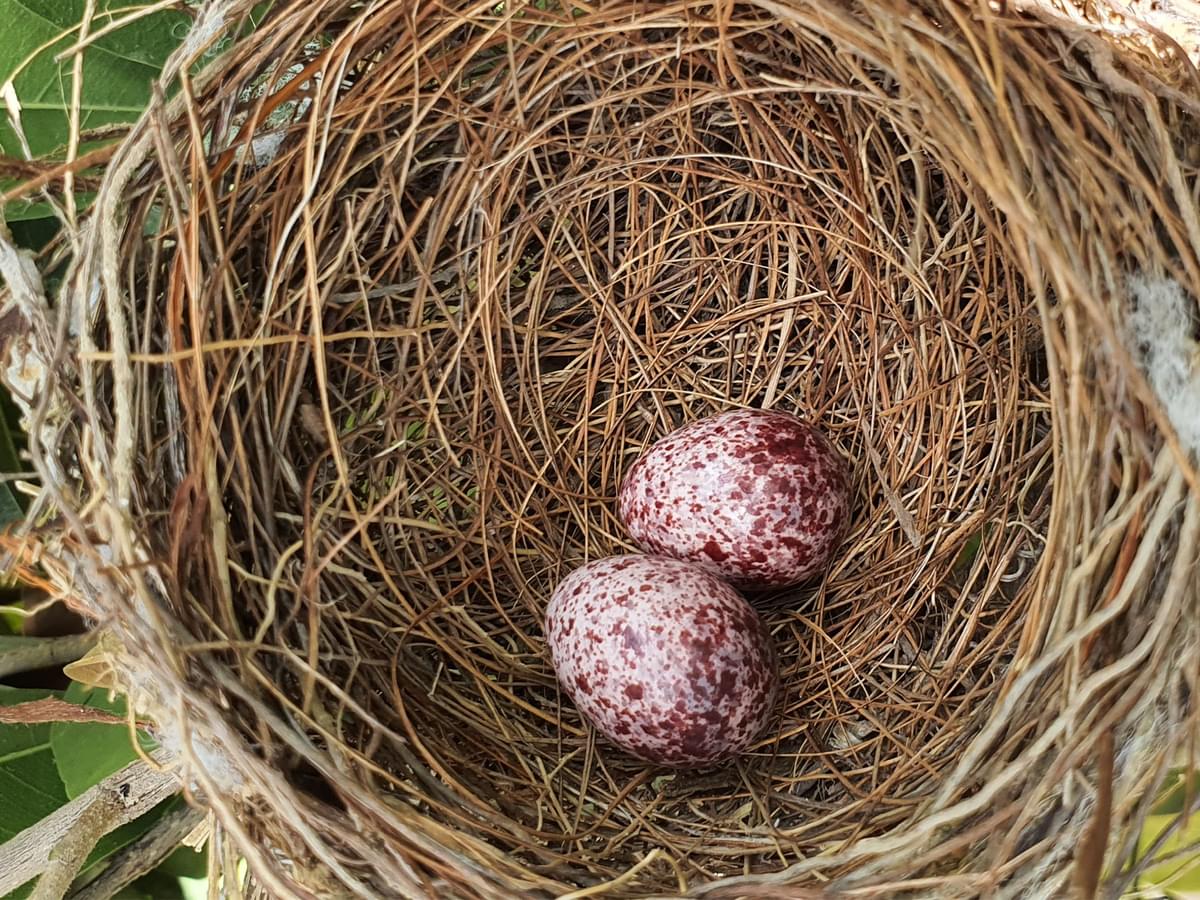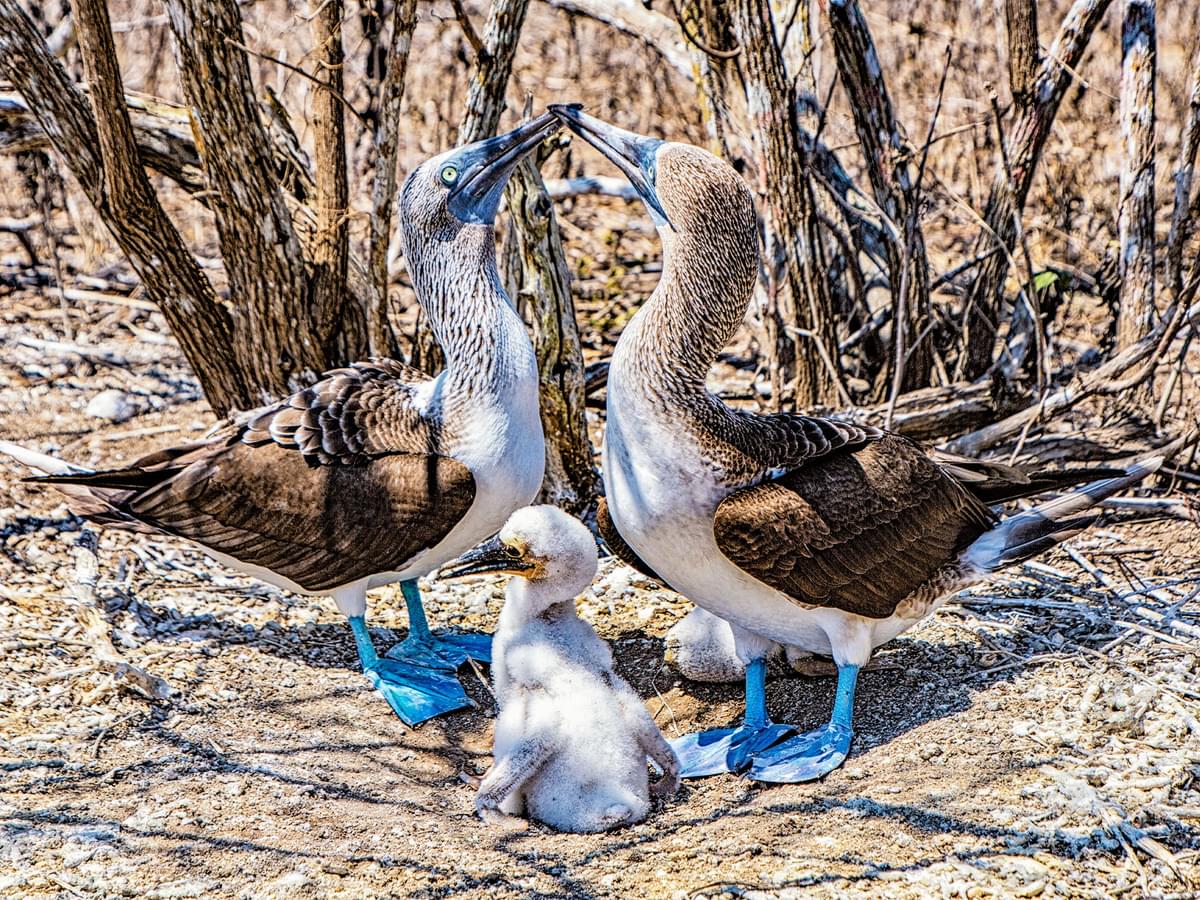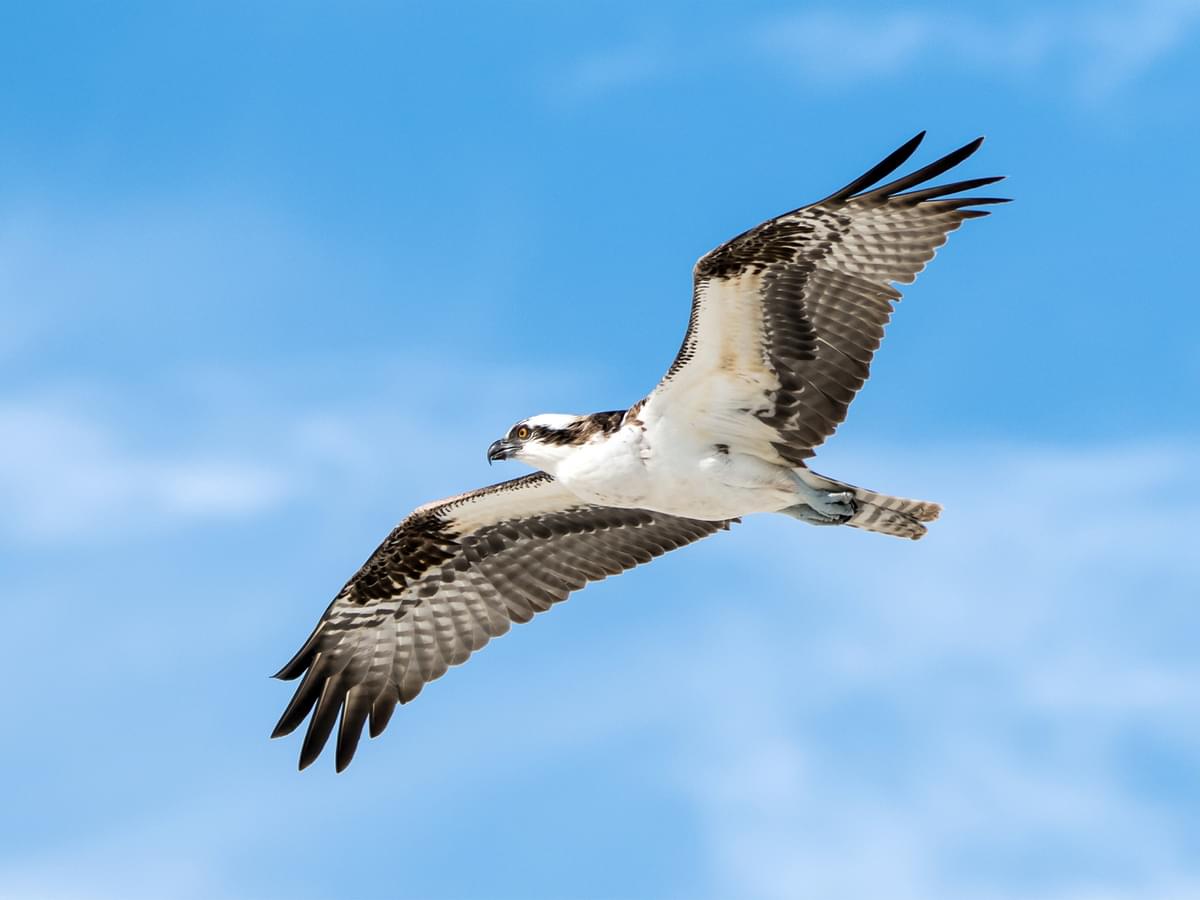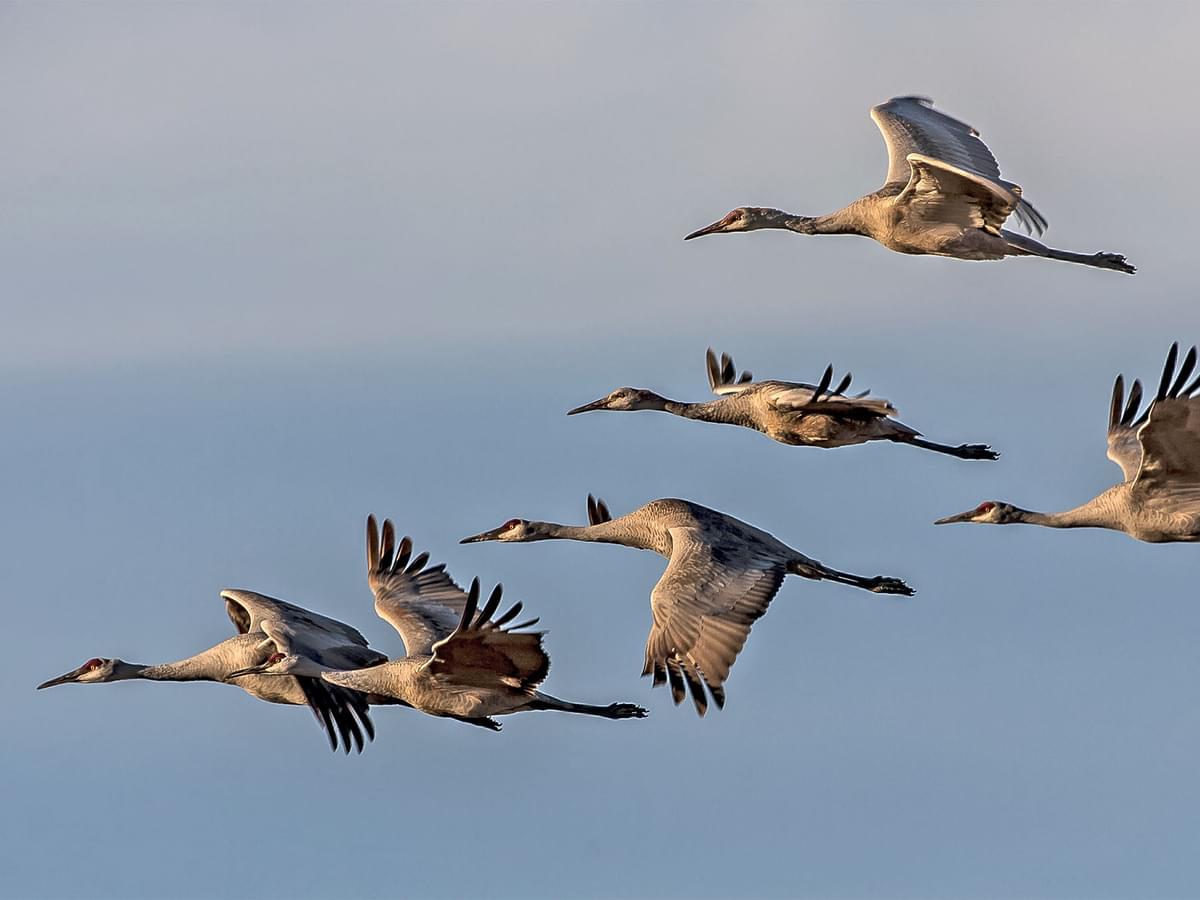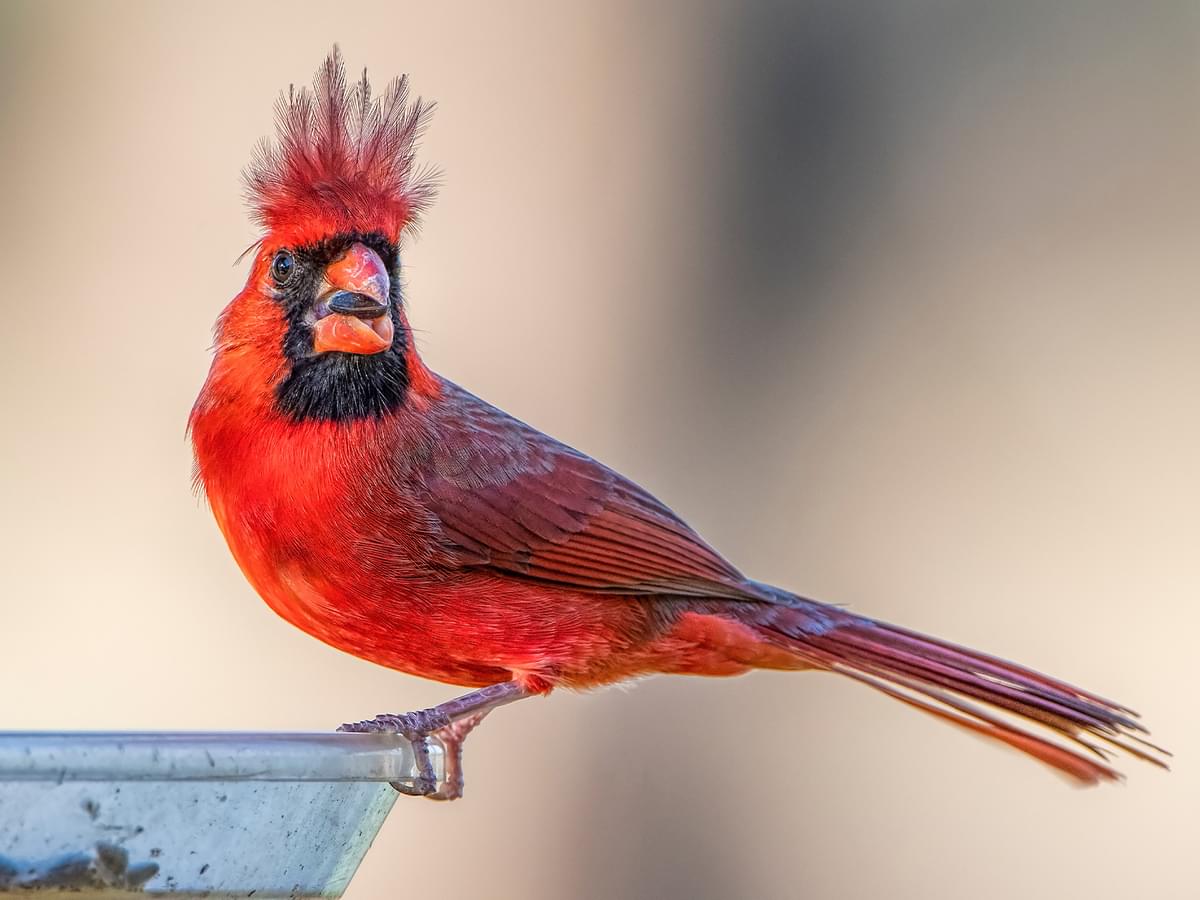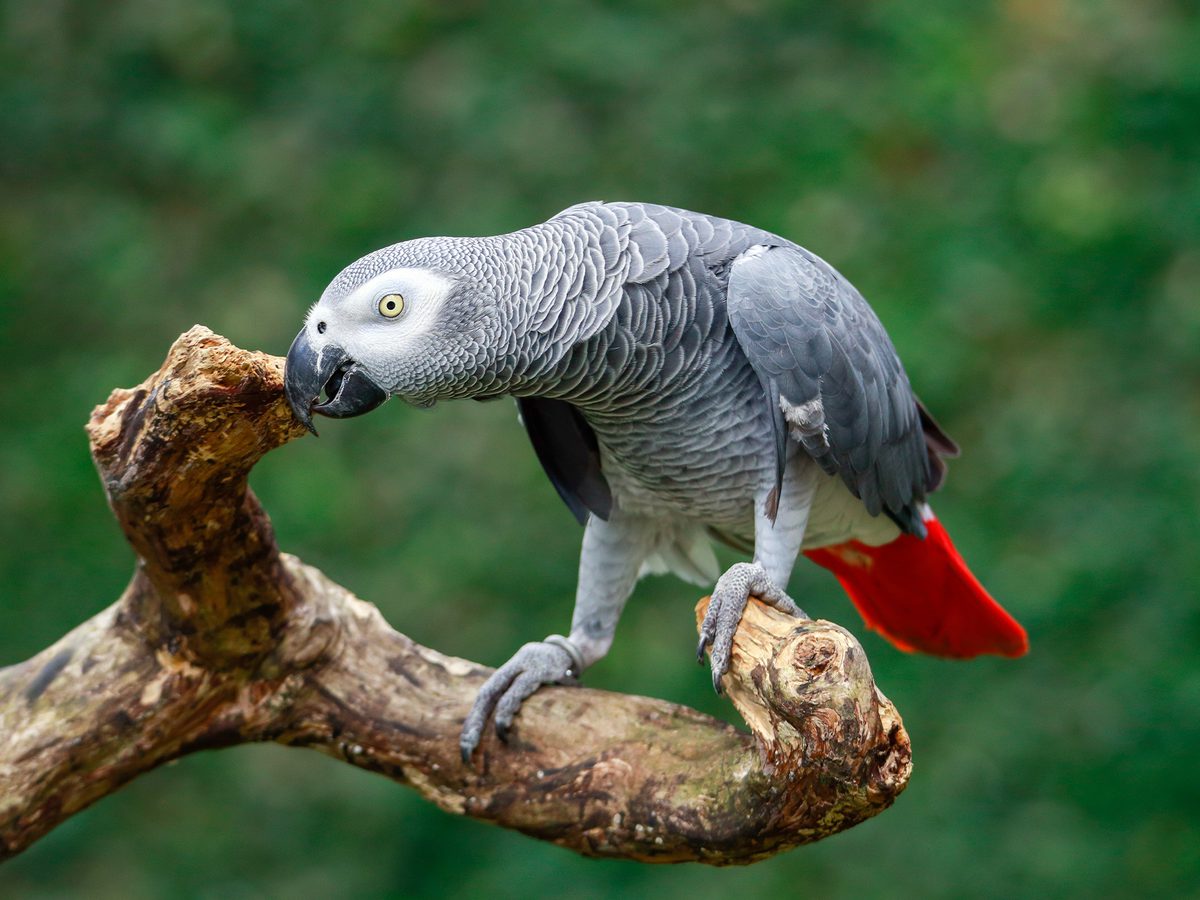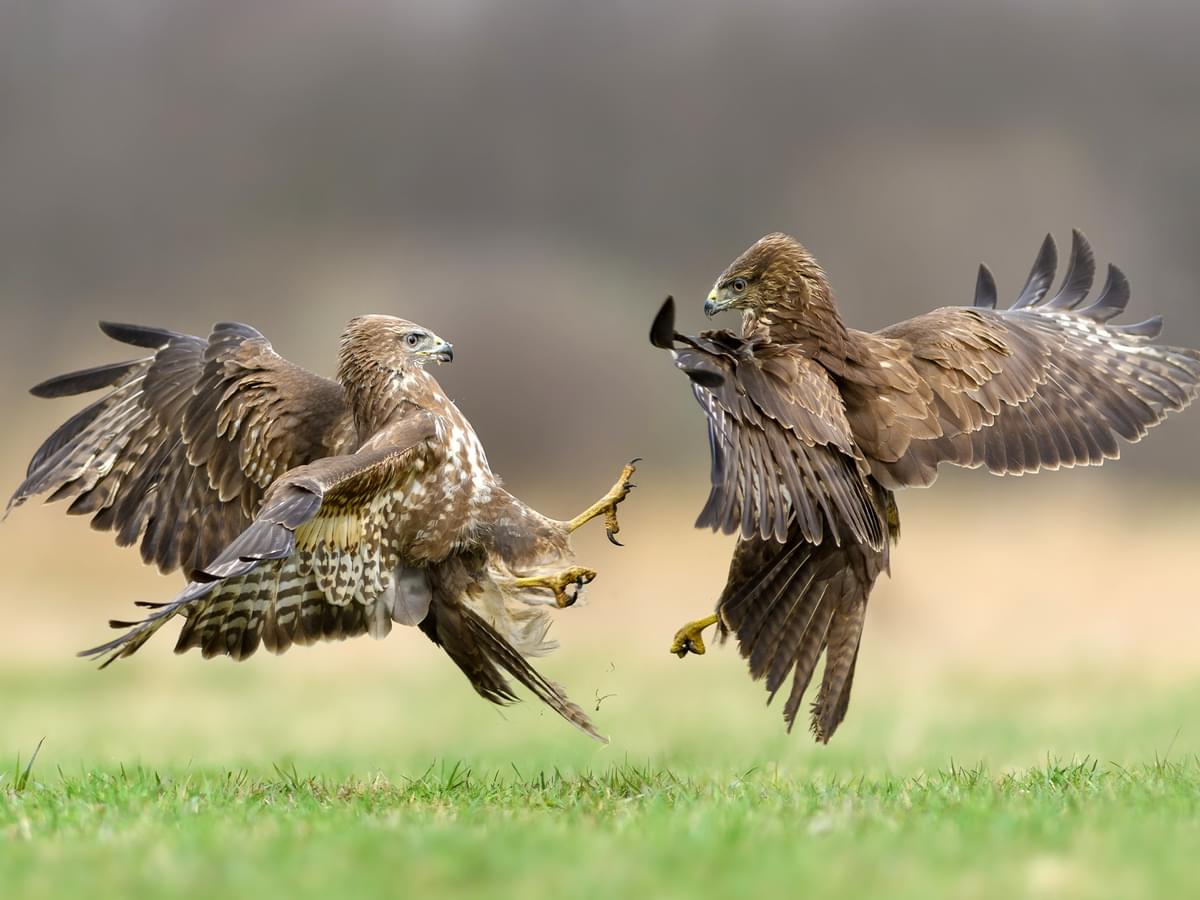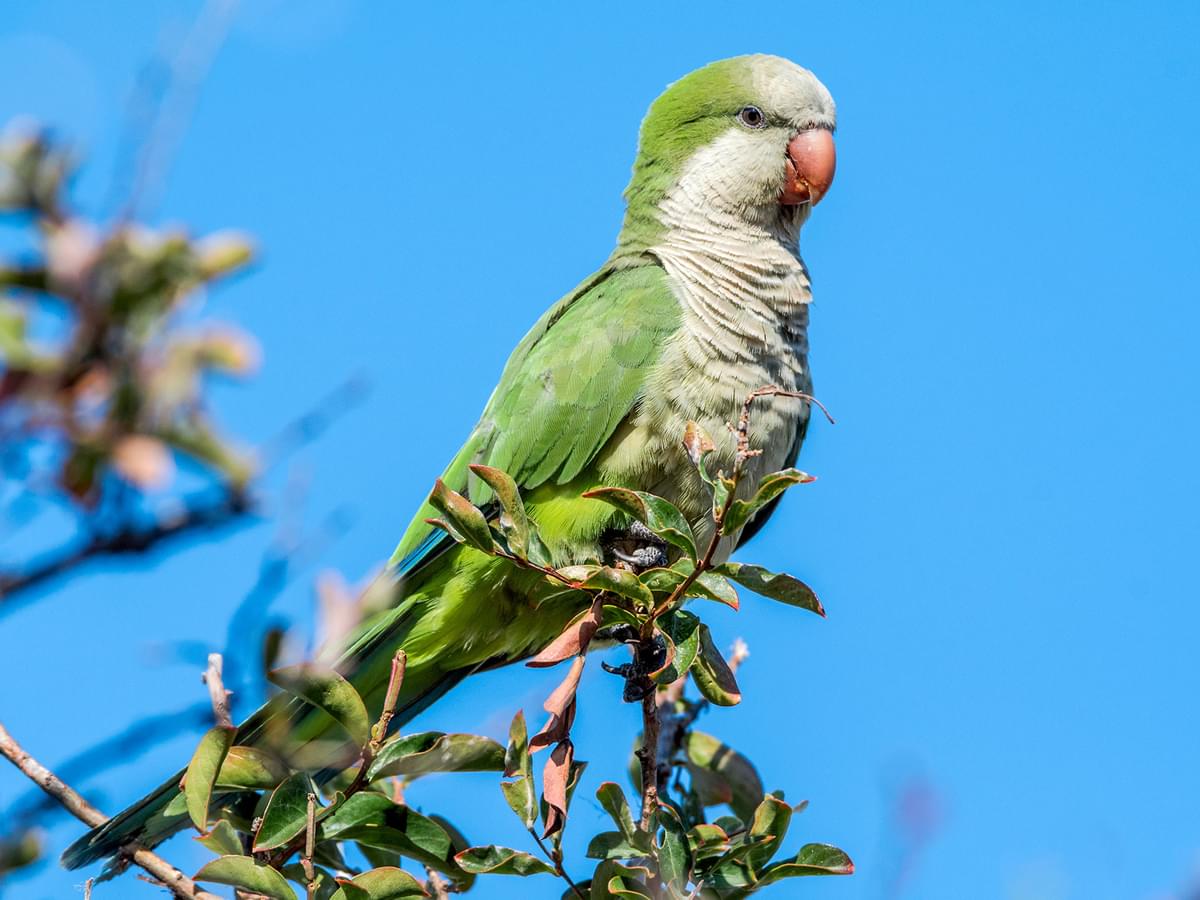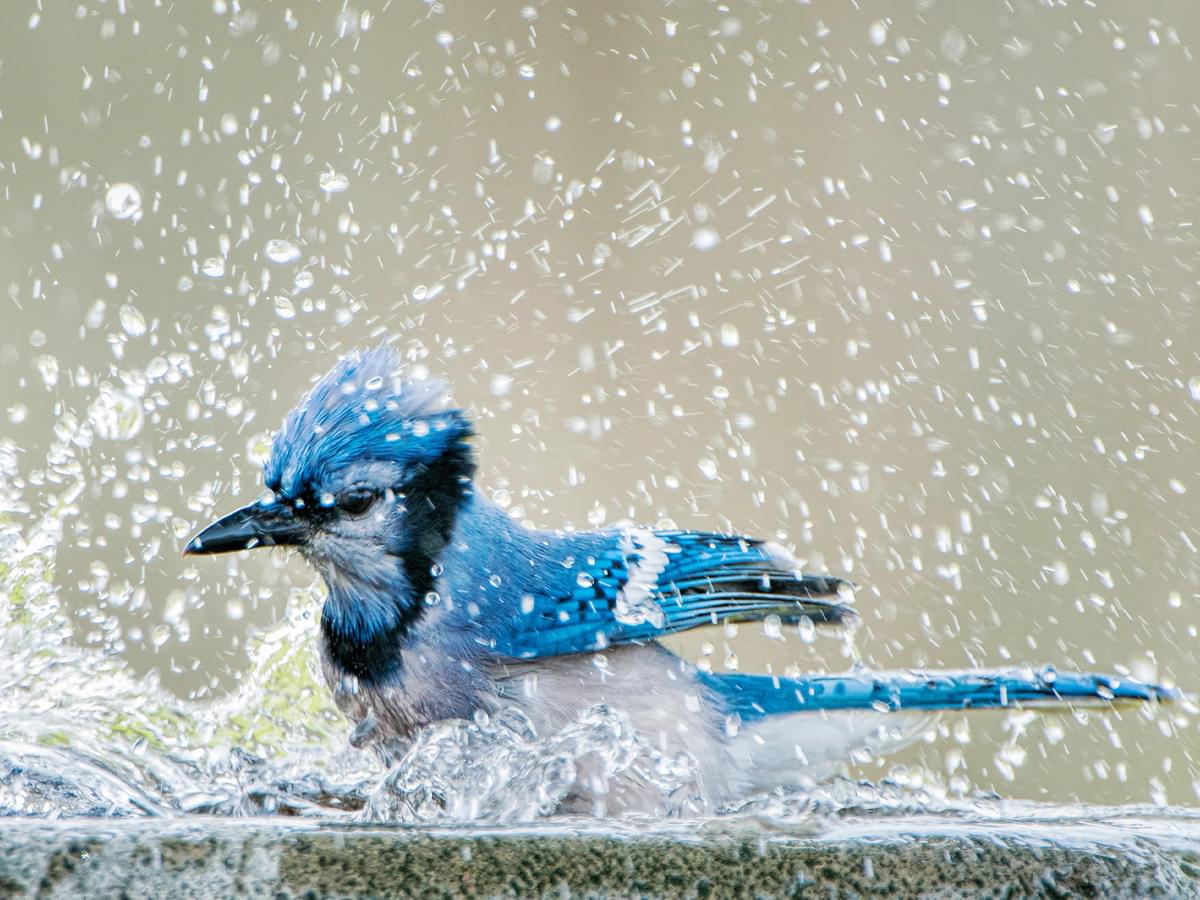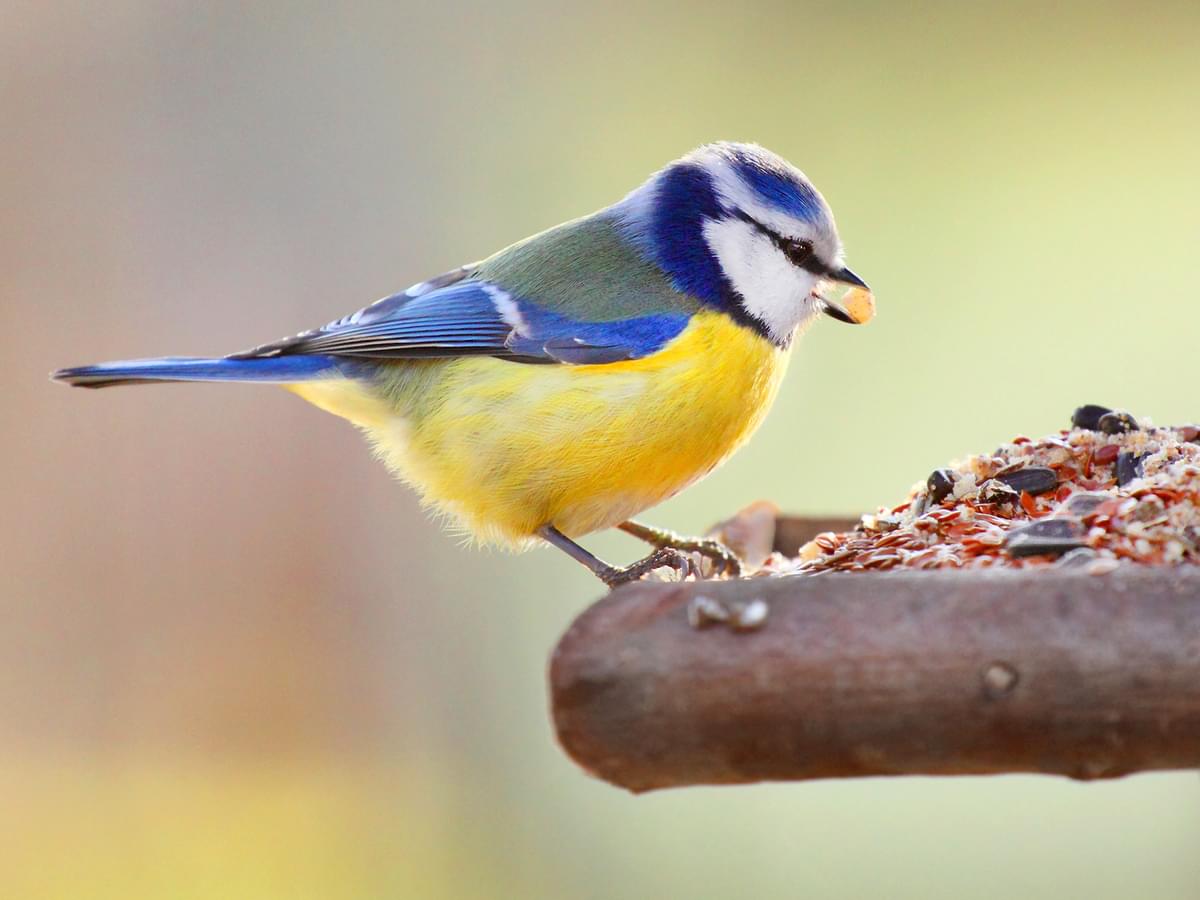Bird Behavior

Anyone who has taken a few moments to watch birds feeding in a yard, swimming on a lake or soaring overhead will have noticed the remarkable diversity in bird behavior and how birds are adapted to surviving in the wild.
By understanding more about the different feeding, breeding, and migrating habits of birds, we can gain valuable insight into the avian world. Read on if you’re interested in finding out more.

Pictured: A pair of Red-crowned Cranes during a courtship ritual
Overview of Bird Behavior
Feeding, preening, breeding, migrating, and roosting are the key elements of a bird’s daily life. How a bird selects a mate, interacts with other birds, chooses a nesting and roosting spot, successfully finds food, and survives in winter varies enormously from species to species.
Many of these behaviors are innate, with birds being born instinctively able to beg for food or build elaborate nests without ever having watched the process before.
Others, such as finding the best roosting spots or foraging sites, are learned by trial and error or by following more experienced birds.
The Importance of Studying Bird Behavior
By studying bird behavior we are able to track important issues that may be influencing populations and trends worldwide, such as conservation issues, habitat loss, and species decline. Observing changes in migration patterns or breeding habits helps direct research into what measures may be needed to help protect populations where numbers may be falling.
Birdwatching offers humans a vital connection with nature. Observing birds in their own environment helps to enforce a strong bond between us and the natural world, making it more likely that we will step up and make changes to protect and preserve wildlife wherever needed.
Scholarly research on bird behavior takes this to another level. Close study of bird behavior can lead to a deeper understanding of issues that challenge the survival of bird species, including climate change, habitat loss, and the spread of disease. And this deeper understanding can hopefully make it possible to reverse any threats and declines and encourage more growth and stability.

Pictured: A pair of Waved Albatrosses performing a mating ritual
What is Bird Behavior?
Bird behavior covers the actions of birds in response to their environment. This can include how they find food, how they interact with other birds of the same kind and react to different species, and how they adapt to seasonal changes throughout the year.
If you’d like to know more about typical bird behavior and what influences how a bird learns to survive, then please keep reading.
Definition
Ethology is the name given to the scientific study of animal behavior, focusing on social organization, inherited traits, learned responses and evolutionary factors. How a bird responds to its environment is determined by a number of factors: some behavior is instinctive, whilst other behavior is learned.
Areas we’ll be looking at under the broader theme of bird behavior include how birds interact with others (including birds, humans and other animals), how they care for themselves and raise their young and how they find food and adapt their diets according to what’s available.
History and Evolution of Bird Behavior Studies
The formal study of bird behavior, known as ornithology, developed from anecdotal observations of birds in the field, recording the appearance, habitats and feeding preferences of different species in the wild.
In the 19th century, studies focused mainly on bird anatomy but by the 20th century, this had shifted towards in-depth investigations on adaptations of different species to their environments and different behaviors.
Tech improvements led to a number of advances in studies, including banding schemes and tracking programs that allow ornithologists to gain further insight into migration patterns and factors that affect life expectancy.
One particularly important pioneer in bird behavior studies was French-American ornithologist John James Audobon, who began recording bird behavior in the 19th century. In the UK, the British Trust for Ornithology, founded in 1933, is a leading source of information about bird behavior from observations recorded in the field.

The Bluethroat (pictured) is a master at mimicry and has a powerful and melodious song
Types of Bird Behavior
Some bird behavior is instinctive, or innate, and present from birth, while others are learned through experience and observation.
To learn more about what behaviors birds are born with, and what skills are accomplished through practice and observation, then please keep reading.
Instinctive Behaviors
Instinctive behaviors are those that birds are born with. These behaviors are natural and require no practice or refining and are performed by all birds of the same species without any teaching from adult birds.
Examples of instinctive behaviors in birds include gaping for food when a parent bird delivers it to the nest and the skilled weaving of nests when birds reach breeding age.
Learned Behaviors
Learned behaviors are those that are gained through observation and experience and require some perfecting before they are mastered.
One example of learned behavior in birds is birdsong and mimicry, with certain species adding to their own repertoire of songs by imitating melodies they’ve heard other nearby birds belting out. Predator awareness is also not always innate, and birds must quickly learn to navigate any new threats they encounter.

A Song Thrush at the nest with hungry chicks
Different Aspects of Bird Behavior
Bird behavior covers aspects of avian daily habits and routines, their development stages, and seasonal or annual events, such as nesting and migration.
We’ll be taking a look at the social habits of birds, and how these might change at different times of the year, with more interaction and less territorial behavior noticed post-breeding, or group foraging becoming more common during winter months when food sources are at their most scarce. Read on to learn more.
Feeding Behavior
Birds’ feeding habits are naturally wide and diverse, matching the different landscapes in which they live and their size and energy needs. Raptors are adapted to soaring in circles, scanning for prey below, while owls and other smaller birds of prey may hunt from perches in trees, watching for small rodents on the ground.
Songbirds regularly forage on lawns, meadows, and through leaf litter for bugs and seeds, and it’s not uncommon to see large groups gathering to feed en masse. Safety in numbers when foraging is a defense mechanism, with it thought to be more of a challenge for a predator to successfully catch a feeding bird when members of a larger flock are able to remain alert and vigilant.
Aerial birds, including swifts and swallows, have adapted to eating and drinking on the wing, while many seabirds remain out on the open water for much of the year, feeding on fish and only coming into land to breed.
Diet can also change seasonally according to a bird’s specific needs. When nesting, a higher intake of calcium is needed for the production of eggshells, and when nestlings are born, it is not unusual for a dietary switch to more protein-rich food sources, including insects, larvae, and other invertebrates.
In winter, when less insect life and fresh fruit or seeds may be available, many songbirds turn to grains, weeds, and winter berries for nutrition. In urban areas, some birds become more reliant on food left at backyard feeders, or on scraps and human leftovers scavenged from bins.

Pictured: A Buzzard hunting. Raptors are adapted to soaring in circles while scanning for prey below
Mating and Breeding Behavior
Breeding and pair formation are another fascinating aspect of avian behavior, and there is no single format that is classed as typical for all birds. Some species may mate for life, others are seasonally monogamous, and some may not form any kind of bond with a partner beyond the act of mating itself. Others may practice polyandry, maintaining more than one female or nest site at the same time.
Elaborate courtship displays are frequently highlighted in wildlife documentaries, with the dance of the great crested grebe, birds of paradise, and peacocks particularly notable. With other species, courtship rituals are more low-key, taking the form of mutual feeding or preening, head bobbing, and flying together. Bonds may be strengthened by foraging together before mating and prospecting for suitable nest sites.
Nest construction and site selection are not always determined in the same way. Bowerbirds and house wren males construct a series of nests to attract a female. American robins bring nesting materials for a female to weave into her construction, and many woodpeckers work together to excavate cavities. In other species, females do the lion’s share of gathering materials and building, with little or no assistance from the males.
In some pairs, both parents develop brood patches and share incubation duties, while in other species, either the female or the male takes sole charge. In many duck species, males will disappear off the scene as soon as incubation begins, leaving the female to incubate and raise young alone.
Less commonly the roles are reversed, with female phalaropes deserting the nest site and leaving the male to hatch the eggs and care for the chicks.

A female American Robin at the nest with her young
Migration
Migration between breeding and wintering grounds are impressive feat of strength, stamina, and survival undertaken by many bird species around the world. Not all species migrate, with many remaining resident in the same territories all year round if climate conditions are tolerable and food resources are abundant.
Among the most epic migrations that are completed annually by the Arctic tern, covering a round trip of 35,000 km (22,000 mi) each year. This mammoth trek between breeding grounds in Arctic summer to wintering grounds during Antarctic winter is influenced by where the best stocks of small fish and sand eels can be found
Not all migrations are quite so dramatic, with many species temporarily relocating a short distance south, downslope, or inland, where survival during winter months may be less challenging.
Migration patterns also vary widely, with some species going it alone, some remaining in faithful family groups, and others congregating in enormous migration flocks to undertake the journey and any stopovers together. Well-known migration routes, or flyways, are ‘flight corridors’ through particular countries and terrain that experience a burst of activity in fall and spring.
Another interesting aspect of migration behavior is site fidelity, which again can vary from species to species, with some breeding birds returning to the same nesting grounds and others arriving in different locations each year, where new mates must be found and new territories claimed.

Among the most epic migrations completed annually is by the Arctic tern (pictured) covering a round trip of 35,000 km (22,000 mi) each year
Social Structures and Interactions
Some birds are solitary during the breeding season but become more sociable when their young have fledged when there is less competition for nesting spots and food sources to feed growing chicks.
Other species may show more sociable behavior throughout the year, involving nearby birds to share breeding duties. Moorhens and house sparrows may raise young with the assistance of helper birds taking turns to incubate and deliver food to nests.
It’s not unusual for seabirds to raise young in close proximity to other pairs, in part of a large colony. Gannets, terns, and penguins are among the species with the most prolific colonies, which offer better chances of survival against predators.
Flocking is another behavior that improves a bird’s chances of avoiding predation, and can be observed for foraging purposes as well as a nightly roosting ritual. Starling murmurations gather each evening ahead of settling down for the night, and are an unforgettable natural sight, with up to 6 million individual birds seen flying together in Somerset in the UK.
Some bird species may show intense behavior around their chosen patch, using aggressive song, threatening posturing, and even physical pursuit and attacks to lay a strong claim to a territory. Intolerant of any other birds, mammals, or even humans entering their territory, displays include divebombing, squawking, and rapid alarm calls. Territorial assertion is a bold bird behavior to ensure the best possible likelihood of the survival of their mate and their young.
Territorial behavior may subside once breeding is complete, but some species, including Nuthatches and European robins, remain fiercely defensive of their patch all year round.

Starling murmurations are an unforgettable natural sight with up to 6 million individual birds seen flying together in Somerset in the UK
Human Influence on Bird Behavior
Bird behavior can be heavily influenced by environmental factors, including the contact it may have with people and manmade structures. Birds in urban areas have needed to adapt to living around increased levels of noise and light pollution and navigate life among new threats and predators.
Urban Birds
With habitat fragmentation and loss of rural landscapes to development, many birds that were once limited to countryside areas are having to adapt to urban settings, and are becoming increasingly at home in residential areas and city centers. Swathes of woodland and hedgerows lost to urban sprawl have led to birds losing their natural nesting and feeding grounds, and needing to seek alternatives.
Rock pigeons, house sparrows, and European starlings are among the most prolific urban-dwelling birds, present in up to 80 percent of the world’s cities. Around 20 percent of all bird species are now found in urban areas and increasing numbers of gulls, owls, and hawks have adapted to city life, incorporating scraps left by humans into their diets.
Urban birds naturally need to adapt to the unnatural aspects of city life too, such as artificial lighting and tolerance of human presence, pets, and vehicles. These have some benefits, including increased nesting possibilities, with sheds, rooftops, chimneys, and window ledges offering shelter, and food and nest boxes provided in gardens.
Negative effects of city life on bird behavior include light pollution, with street lamps causing disruption to the natural day and night patterns of some birds, traffic noises which can prove unsettling for easily spooked nesting birds, and sharing their space with urban wildlife, including pet cats and dogs.

Pictured: Rock Pigeon. Around 20 percent of all bird species are now found in urban areas
Birds in Culture and Art
The intriguing behavior of birds has provided themes for many celebrated works of art, film, literature and music. The impressive traits and behaviors of birds are shared with wider audiences, offering a fascinating insight into how they live and interact.
A 2005 Oscar-winning documentary, March of the Penguins, focused on the annual breeding behavior of one of the world’s best-loved birds.
The 1819 poem Ode To A Nightingale, by Keats, reflects on the mournful song of one of the most melodious woodland birds, and explores its symbolism.
Even ancient cave painting depictions of birds help us to understand the long-standing relationship between birds and humans, and perhaps represent the first evidence of human study of bird behavior.

A colony of King Penguins marching on the beach
Summary
By studying and understanding how birds live, we are able to gain the vital knowledge needed to help support and preserve them in their natural habitats. With more than 10,000 bird species around the world, there is naturally a huge range of behavioral differences in the way they feed, breed, and cope with different environments and climates.
By understanding migration patterns and seasonal dietary changes, it’s possible to predict the impacts of climate change and habitat loss and direct conservation efforts where they are able to make a positive difference.
